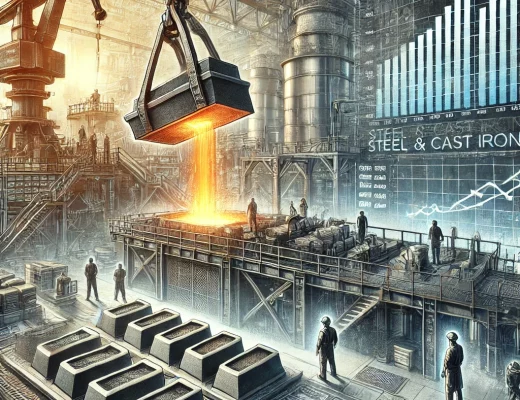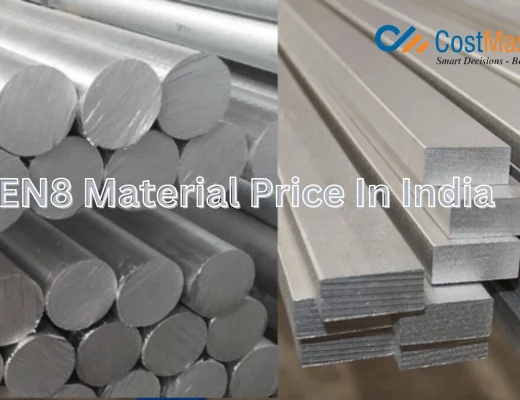The galvanised steel market is experiencing promising global growth, with its value increasing from USD 98.80 billion in 2023 and reaching an anticipated USD 166.09 billion by 2032 at a CAGR of 5.9%.
A layer of zinc coats the galvanised steel, preventing it from corrosion and making it essential in various applications. The galvanising process increases the strength of steel and its longevity, which makes it highly suitable for outdoor construction projects like bridges, roofs, metal pipes, electrical components, and automotive industries. Galvanised steel can withstand moisture and humidity, which makes it a reliable pick for infrastructure projects.

As the demand rises, especially in electrical applications, it also contributes to the market’s growth. Despite this, the construction industry is still the largest consumer of galvanised steel due to its high strength and durability, which makes it suitable for roofing and structural components. The galvanised steel price in India remains competitive, supporting its extensive use in construction. Similarly, the automotive industry relies on galvanised steel to manufacture body panels, frames, and chassis, which is beneficial due to its lightweight and corrosion-resistant properties. The galvanised steel price is a crucial factor that influences its adoption in various industries, ensuring cost-effective and reliable solutions.
Regional Insights:
The market segments into the following regions: North America, Asia Pacific, the Middle East, Latin America, and Africa. All these regions play an important role in shaping the industry’s landscape, driven by varying demand in sectors like electrical, automotive, and construction.
To stay updated with the metal trends is essential in this evolving market. CostMasters offers reliable, market-reflective, and timely pricing information that enables consumers, producers, and traders to navigate price fluctuations confidently.
Source: Fortune business insights
The Indian steel industry is headed towards significant expansion with plans to add 23 MT of crude steel capacity between FY24 and FY27, which reflects a compound annual growth rate of 4%, which is consistent with the FY15-FY24 average. The major steel companies like JSW, JSPL, and Tata Steel will account for 87% of the expansion. From 2019 to 2023, steel production in India grew at 6% CAGR, which surpasses China’s 1% growth.
Despite this, the steel price forecast suggests positive growth potential for the sector due to increasing domestic demand.
The analysts highlight India’s competitive advantage due to lower labour and iron ore costs. Brownfield projects and strong domestic demand will drive the expansion and reduce reliance on exports. With these factors, the steel price prediction in India remains optimistic, and experts believe the sector is entering a favourable phase.
Source: Economic Times



